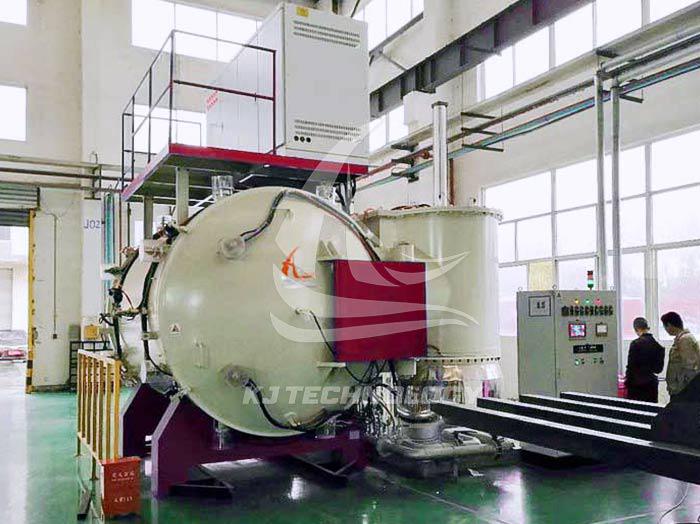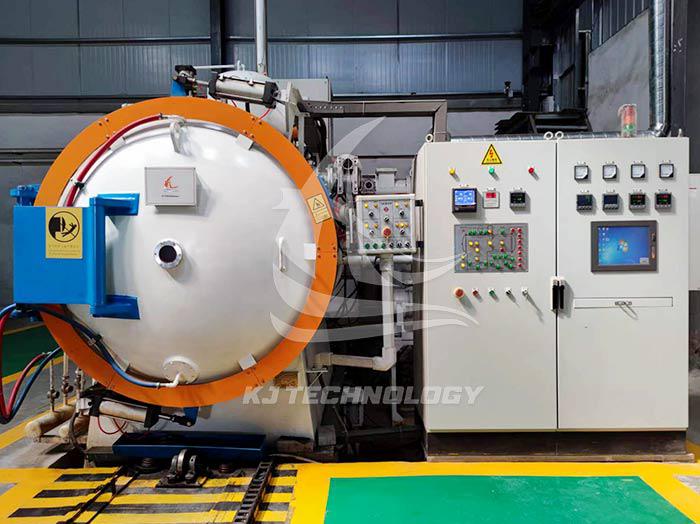Can the silicon carbide reaction sintering electric furnace be filled with gas?
 04-08-2025 Author: KJ technology
04-08-2025 Author: KJ technology
During the reaction sintering process of silicon carbide, the gas introduced into the furnace needs to meet certain requirements, such as being a non reactive gas, not reacting chemically with silicon carbide, and having good thermal conductivity. The commonly used sintering gases include nitrogen, argon, argon nitrogen mixture, etc. These gases play an important role in the sintering process, such as:
Nitrogen: High thermal conductivity, able to quickly remove the generated heat, low cost, and good surface finish of sintered products. But it will react with silicon carbide at high temperatures to generate silicon nitride, which may affect product quality.
Argon gas: high thermal conductivity, stable at high temperatures, not easily reacting with silicon carbide, easy to diffuse, and easily mixed with hydrogen gas. But the cost is high, and the surface of the sintered product is not as smooth as that filled with nitrogen gas.
In specific operations, it is necessary to select appropriate gases based on the requirements of the product and the specific situation of the sintering process, and accurately control the atmosphere inside the furnace through a gas control system to meet the sintering requirements of different materials. For example, if pursuing the smoothness of the surface of the sintered product, nitrogen filling can be chosen; If a more stable sintering process is required, argon gas filling can be chosen.








